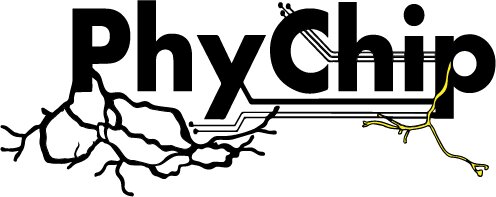After proceeding fairly predictably for the past half a century, with an essentially unchanged operational principle and device structure, the economic, if not physical, limits of existing IT are appearing on the horizon. Only a radical change in the underlying information processing substrate can ensure that computing power will continue to scale the demands of a globally interconnected world. Transition to any novel IT can be expected to be slow. Our research programme takes an integrative approach of critical research and ambitious engineering. We re-think computing paradigms and their implementations to deliver the necessary innovative step change for IT at the substrate level. In doing so we are fully conscious of the fundamental characteristics that have made current IT so successful: tolerance to variation in component parameters arising from production, ageing and environmental effects, and resilience with regards to signal degradation and noise, restoration of output through high gain, and ability to interconnect.
We found that plasmodium of P. polycephalum is an ideal biological substrate, because it is `simple’ enough to be studied as spatially extended nonlinear media yet robust and rich behaving to implement a wide range of computational procedures. The plasmodium’s behaviour is determined by external stimuli and excitation waves travelling and interacting inside the plasmodium.
The plasmodium can be considered as a reaction-diffusion or an excitable medium encapsulated in an elastic growing membrane. The large size of the plasmodium allows the single cell to be highly amorphous. The plasmodium shows synchronous oscillation of cytoplasm throughout its cell body, and oscillatory patterns control the behaviours of the cell. All the parts of the cell behave cooperatively in exploring the space, searching for nutrients and optimizing the network of streaming protoplasm.
When plasmodium is placed on an appropriate substrate, the plasmodium propagates, searches for sources of nutrients and follows gradients of chemo-attractants, humidity and illumination. When sources of nutrients are located and engulfed, the plasmodium forms veins of protoplasm, or protoplasmic tubes. The veins can branch, and eventually the plasmodium spans the sources of nutrients with a dynamic proximity graph, resembling, but not perfectly matching graphs from the family of k-skeletons.
Due to its unique features and relative ease of experimentation with, the plasmodium has become a test biological substrate for implementation of various computational tasks. The problems solved by the plasmodium include maze-solving, calculation of efficient networks, construction of logical gates, sub-division of spatial configurations of data points, and robot control, see e.g. The unique features of P. polycephalum are following. Physarum is a living, dynamical reaction-diffusion pattern formation mechanism. Physarum may be considered as equivalent to a membrane bound sub excitable system (excitation stimuli provided by chemo-attractants and chemo-repellents).
